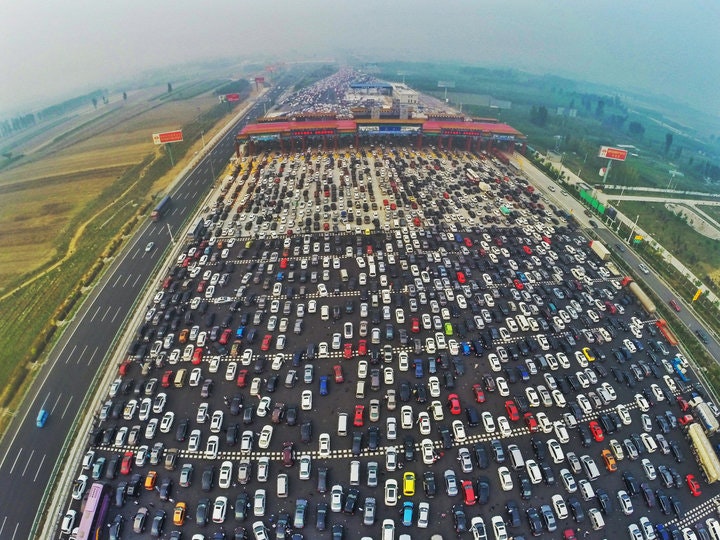
With more than 2.5 billion disposable packages a year (in Belgium alone), our beverage industry generates a lot of waste. But the transport of drinks is also responsible for the ecological footprint of our drinks.
Much of the drink that is being transported is just… water. Of course this is absurd if you know that water can also come from the tap.
How much water is transported in Belgium?
In Belgium, we drink around 1.4 billion litres of bottled water per year (source: Association of the water and soft drinks industry in Dutch). Water that is transported in trucks on our roads.
And even more water is transported… in soft drinks.
Let’s take a look at a truck that transports these soft drinks.
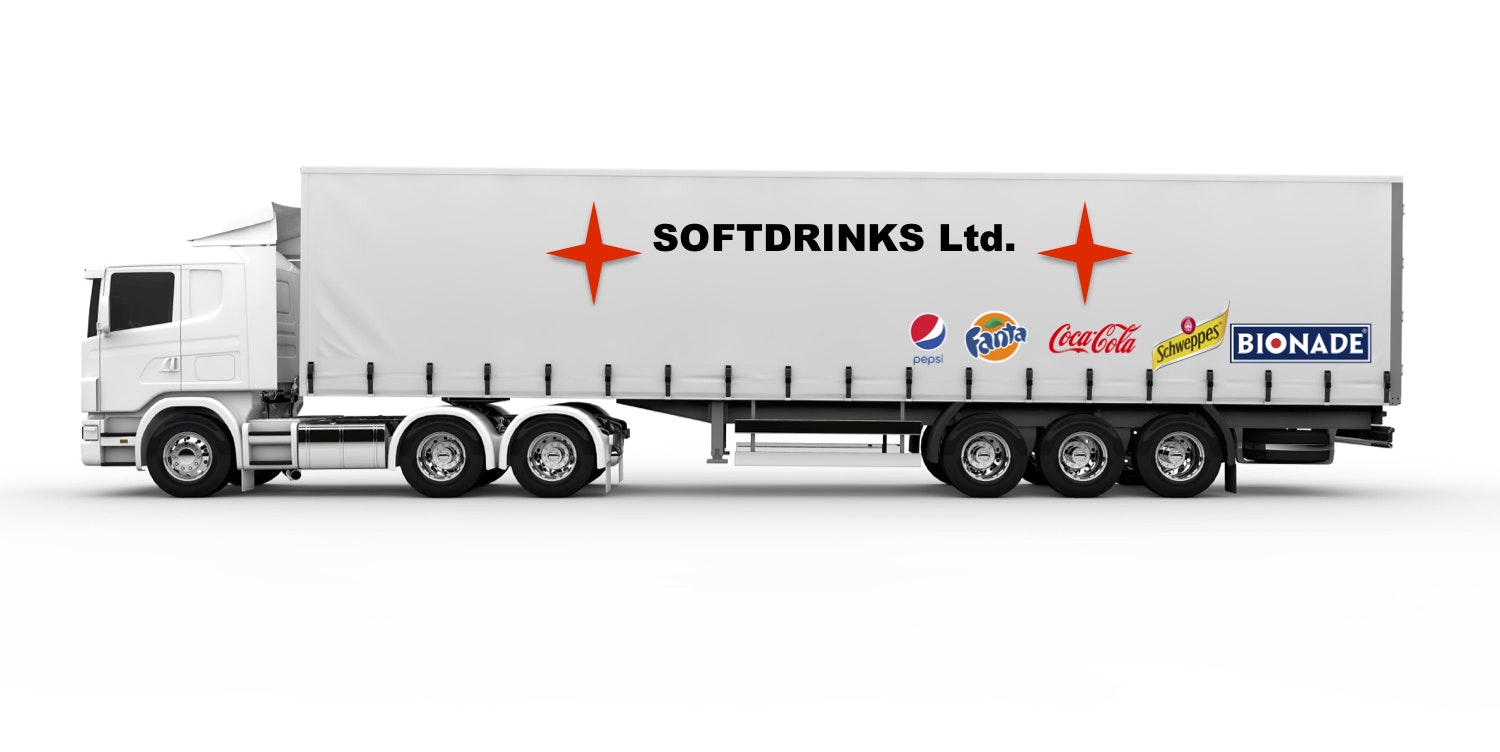
The truck really transports more than 80 % of water:
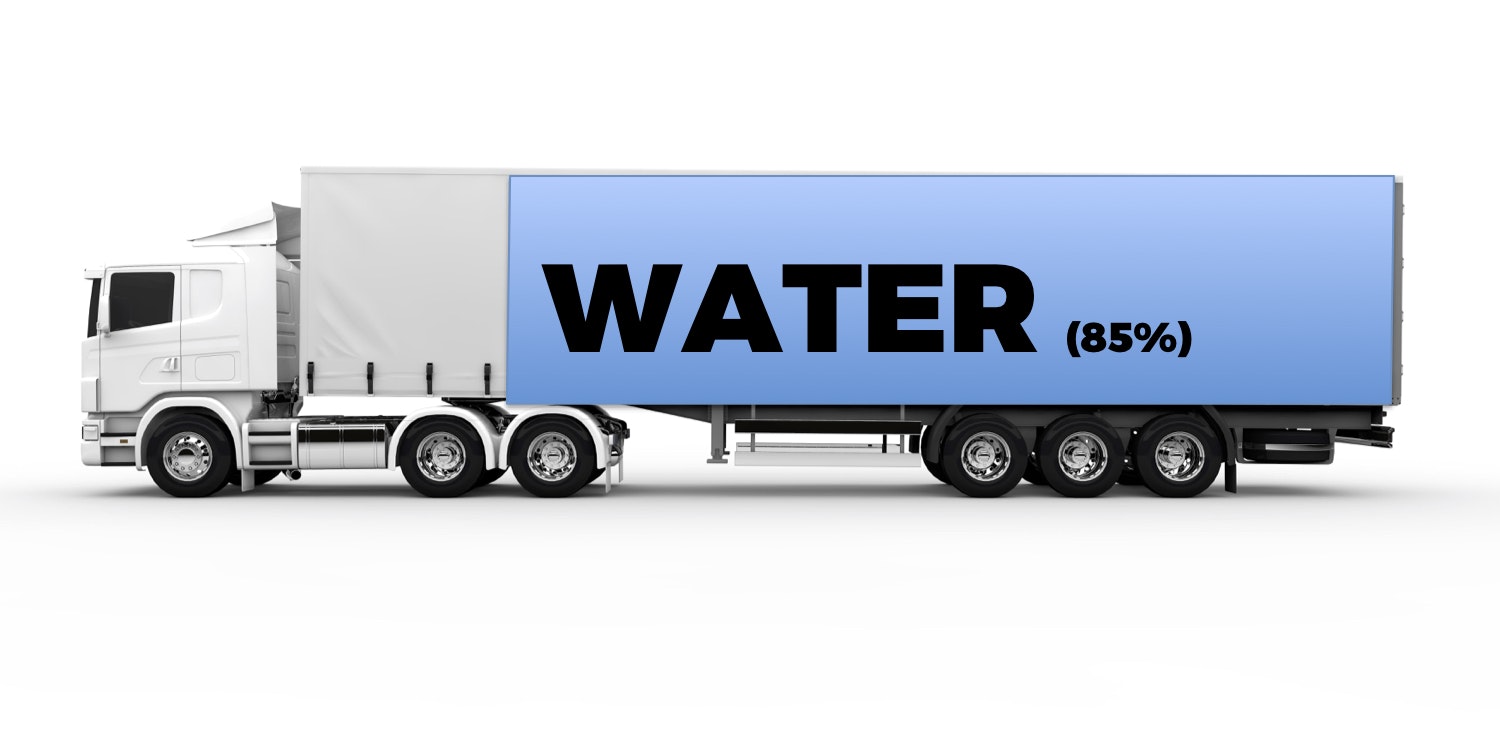
the other 20 % is syrup.
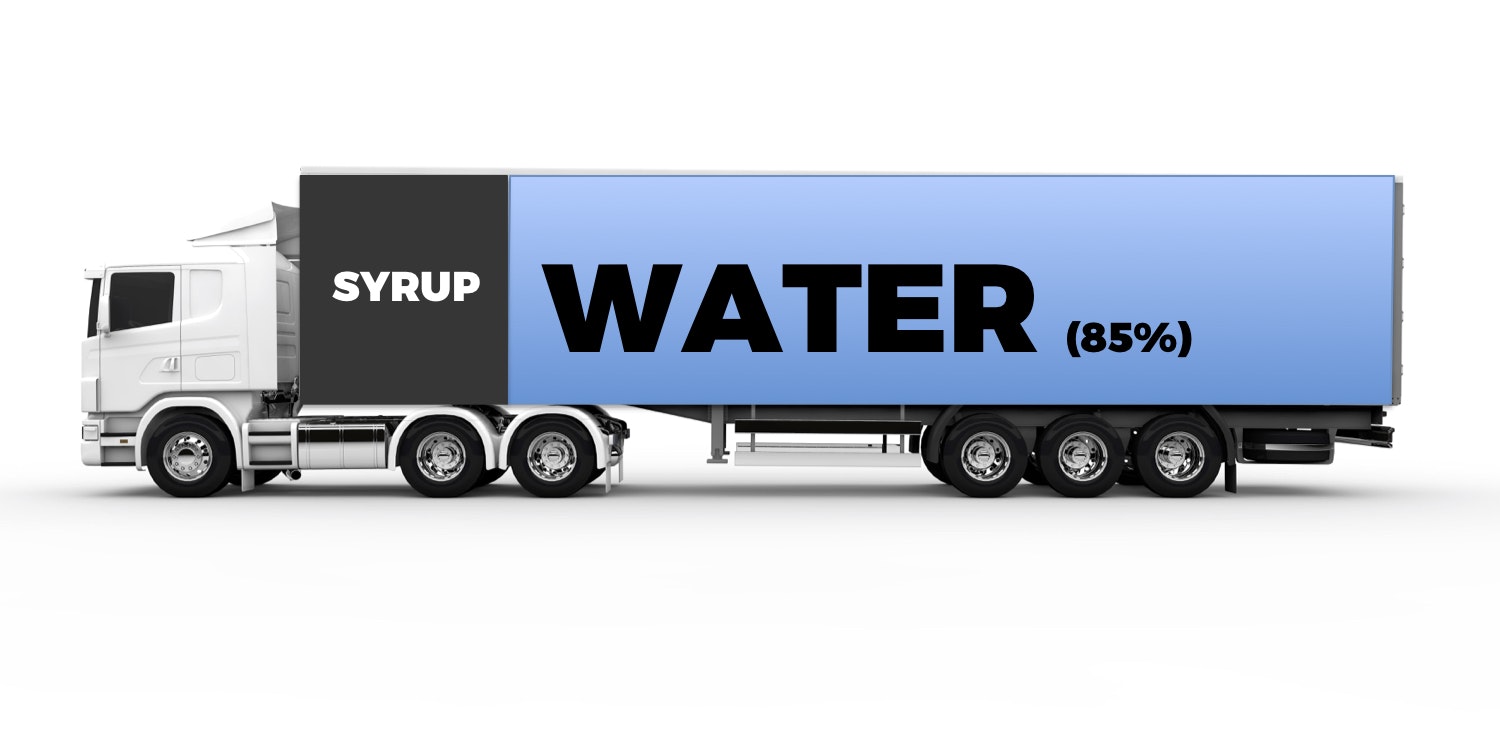
Indeed, soft drinks always consist of more than 80 % water, and close to 20 % syrup. (Did you know that the soft drink manufacturers use tap water too?) If you know that Belgians consume about 1.4 billion litres of soft drinks, it means another 1.1 billion (80 % of 1.4 billion) litres of water that need to be transported too.
This comes down to the following calculation: 1.4 billion litres of bottled water + 1.1 billion litres of water in soft drinks = 2,500,000,000 litres of water
How do you transport 2.5 billion litres of water from the factory to the customers?
With trucks, many trucks, which travel many miles. The water is transported from the bottling plants to the central distribution centres of the large supermarket chains. From there, it is distributed to the different stores.. Only the first step in this distribution process (from bottling plant to central distribution centres) is estimated to take place with 100,000 full trailers (large trucks). To give you an idea, all these trailers together would could form a chain from Gent to Belarus.
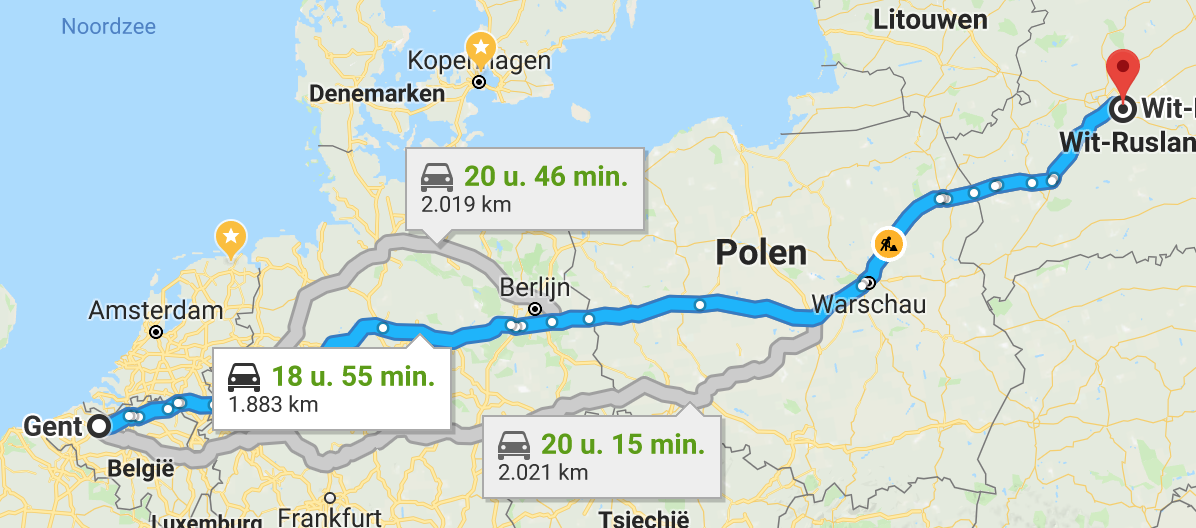
From Ghent to Belarus
In order to transport 2.5 billion litres of water, 100,000 trucks travel more than 10 million kilometres per year. This only for the first step in the distribution process.
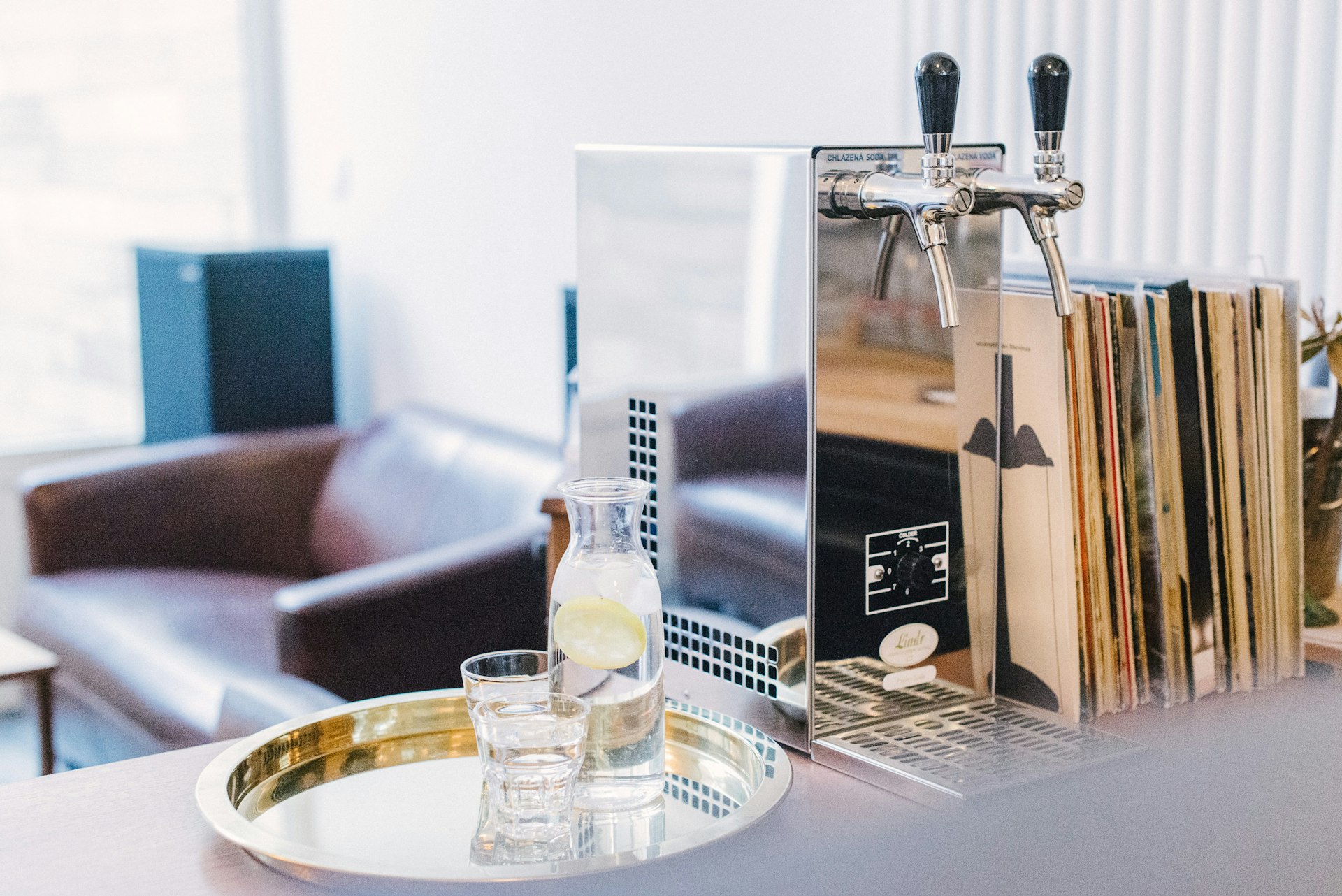
The solution is simple…
Helping to decrease traffic jams on our roads and so emit less Co2 into the air is not difficult in this case: we can use tap water as drinking water at home, at our events and in the catering industry. And we can make our own lemonade by mixing water with syrup.